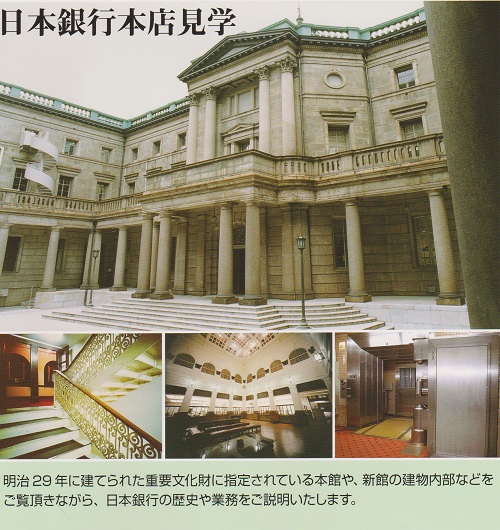The Institute for Monetary and Economic Studies "Monetary Museum" is located in a branch that separates the street next to the Bank of Japan head office behind Nihonbashi Mitsukoshi.
http://www.imes.boj.or.jp/cm/
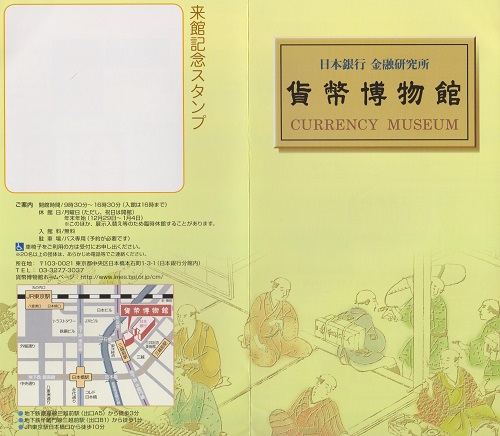
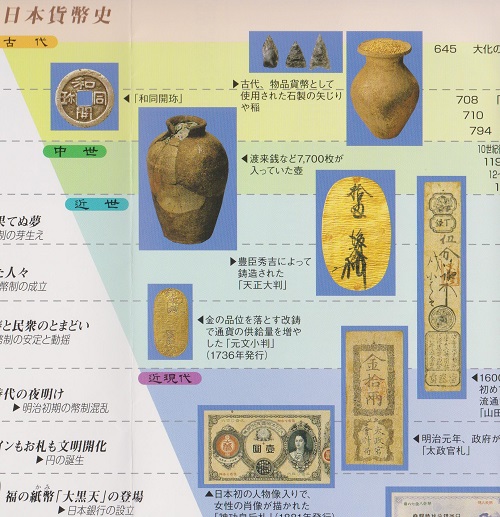
Not only ancient Japanese currency and materials, but also rare foreign currency are collected and displayed.
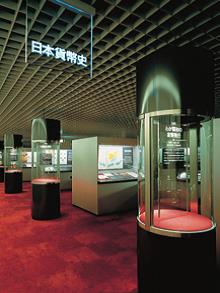
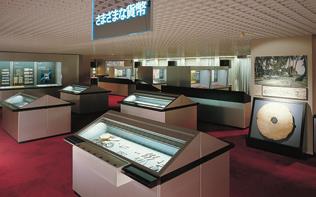
How much does one of the Edo period correspond to in modern times? In addition to comparisons with the prices of goods at that time, there are explanations that allow you to understand the value of money based on social and economic mechanisms, agricultural products' crops and regional differences, and devise ways to study economic society. It has been done.
In addition to displaying real objects and materials, you can actually feel the feel and weight by touching them, and there are also hands-on booths where you can use a loupe to examine precision counterfeiting prevention technology.
In addition to the origin of the yen and the history of Japanese currency, the rare foreign currency and banknotes are also a must-see.

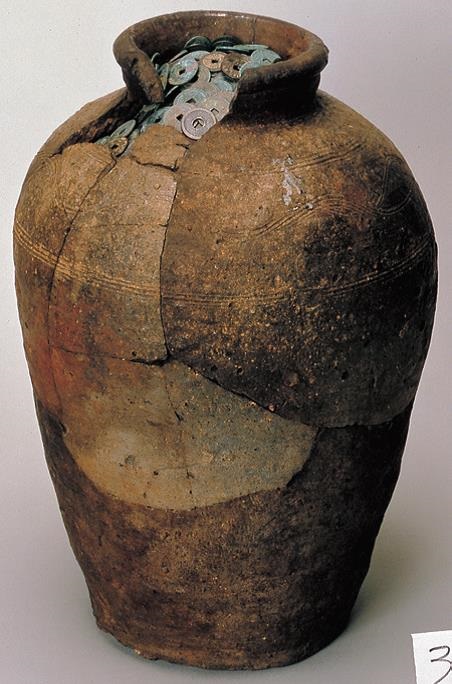

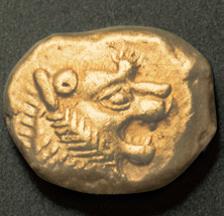
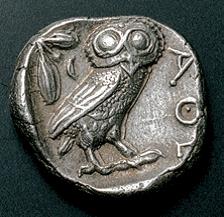
The entrance fee is as expected, the Bank of Japan is free and hungry, but it will be closed for renewal work within the year.
The museum is scheduled to be closed until November next year.
During the year, it is open until December 28 (Sun), except on Monday closed days. From 9:30 to 16:30
Photography is prohibited in the hall, so the image on this blog is reprinted from the pamphlet & website.
In addition, the Bank of Japan has a tour where you can explain its history and business while visiting the main building and the new building, which were built in 1896 and designated as a national important cultural property.
This is a reservation required four times a day, and the required time is one hour.
For more information, please visit the website https://www.boj.or.jp/about/services/kengaku.htm/
